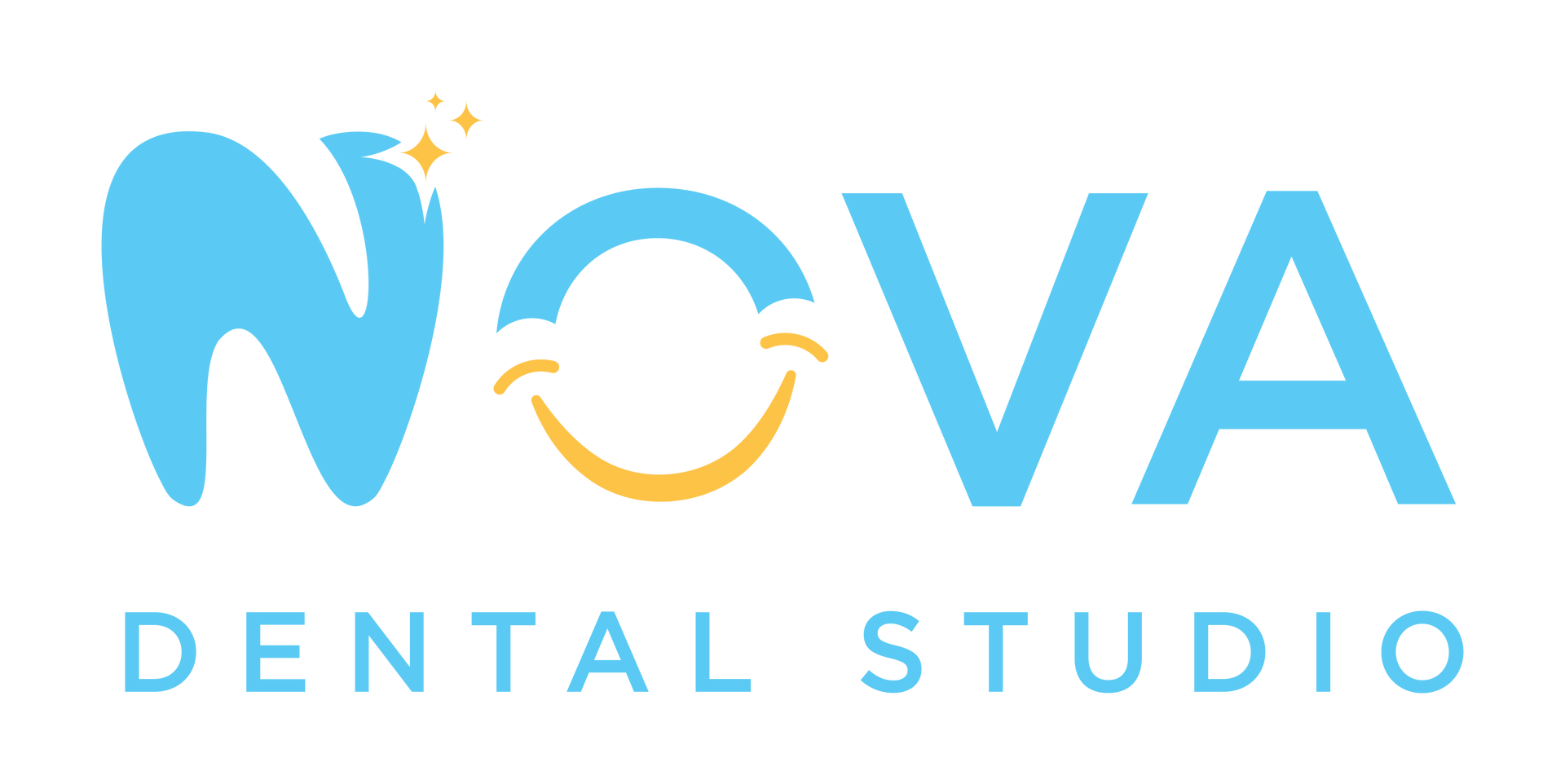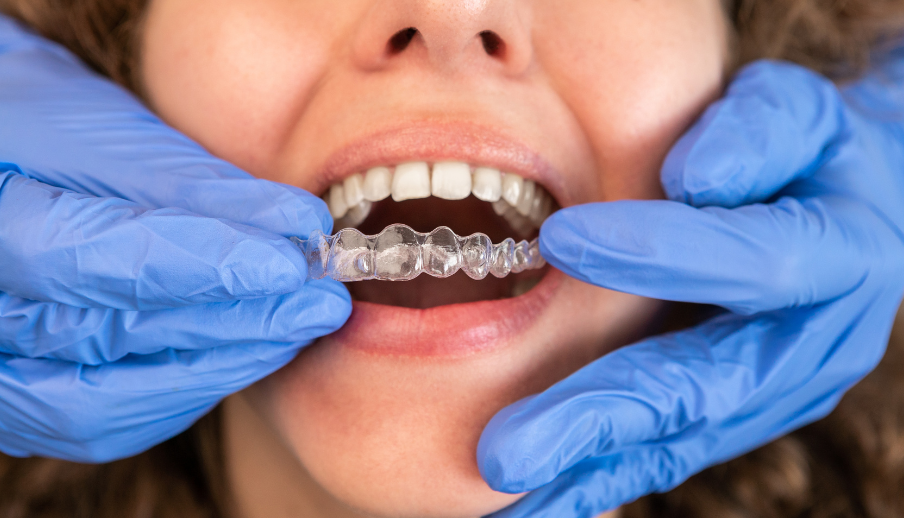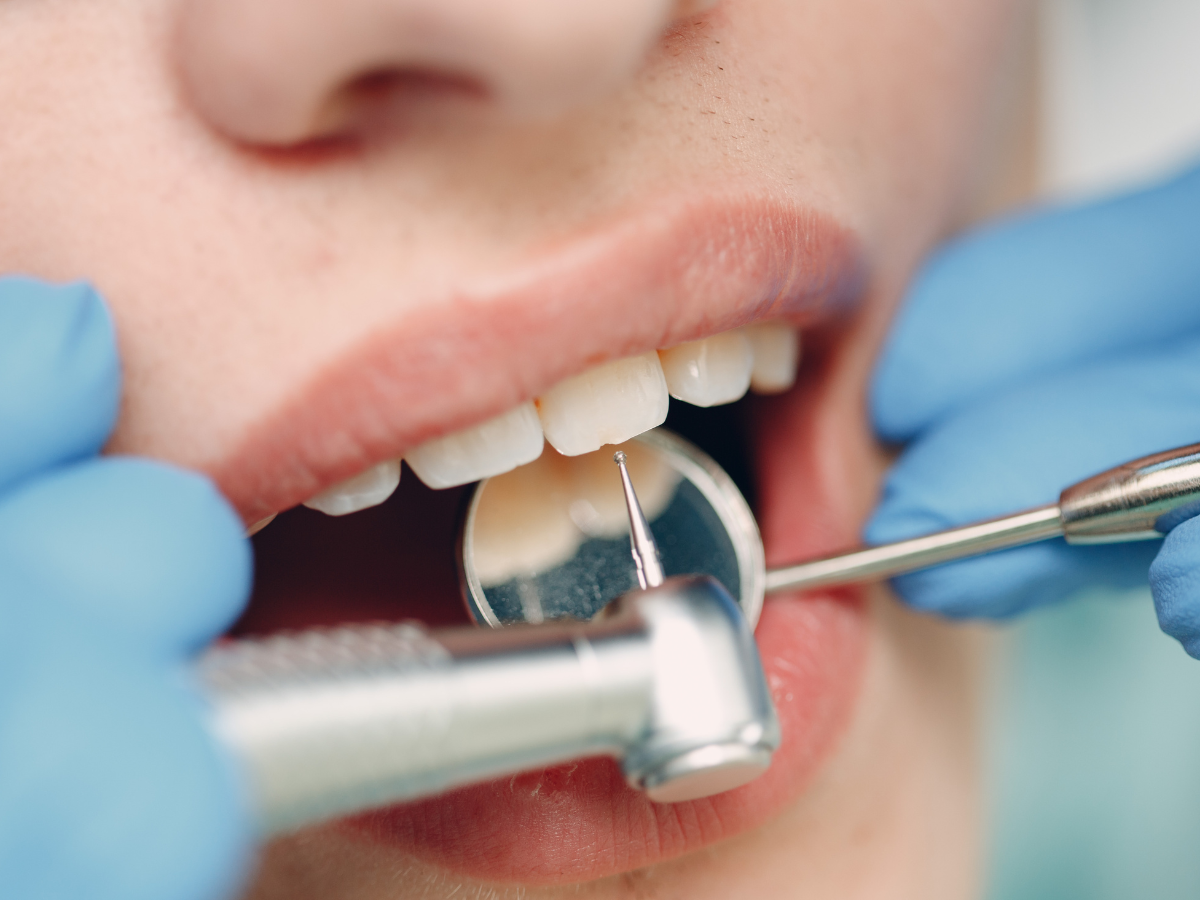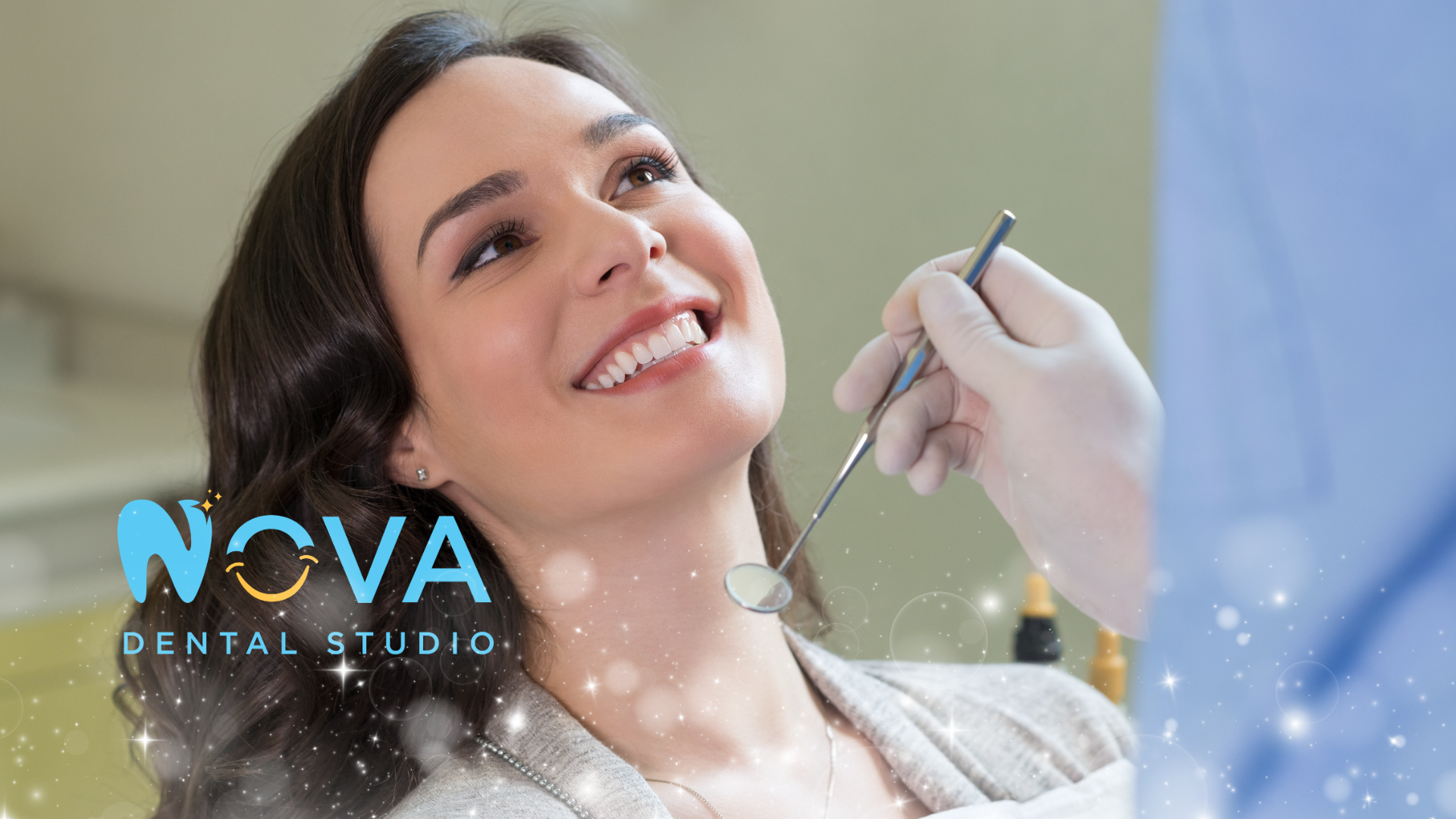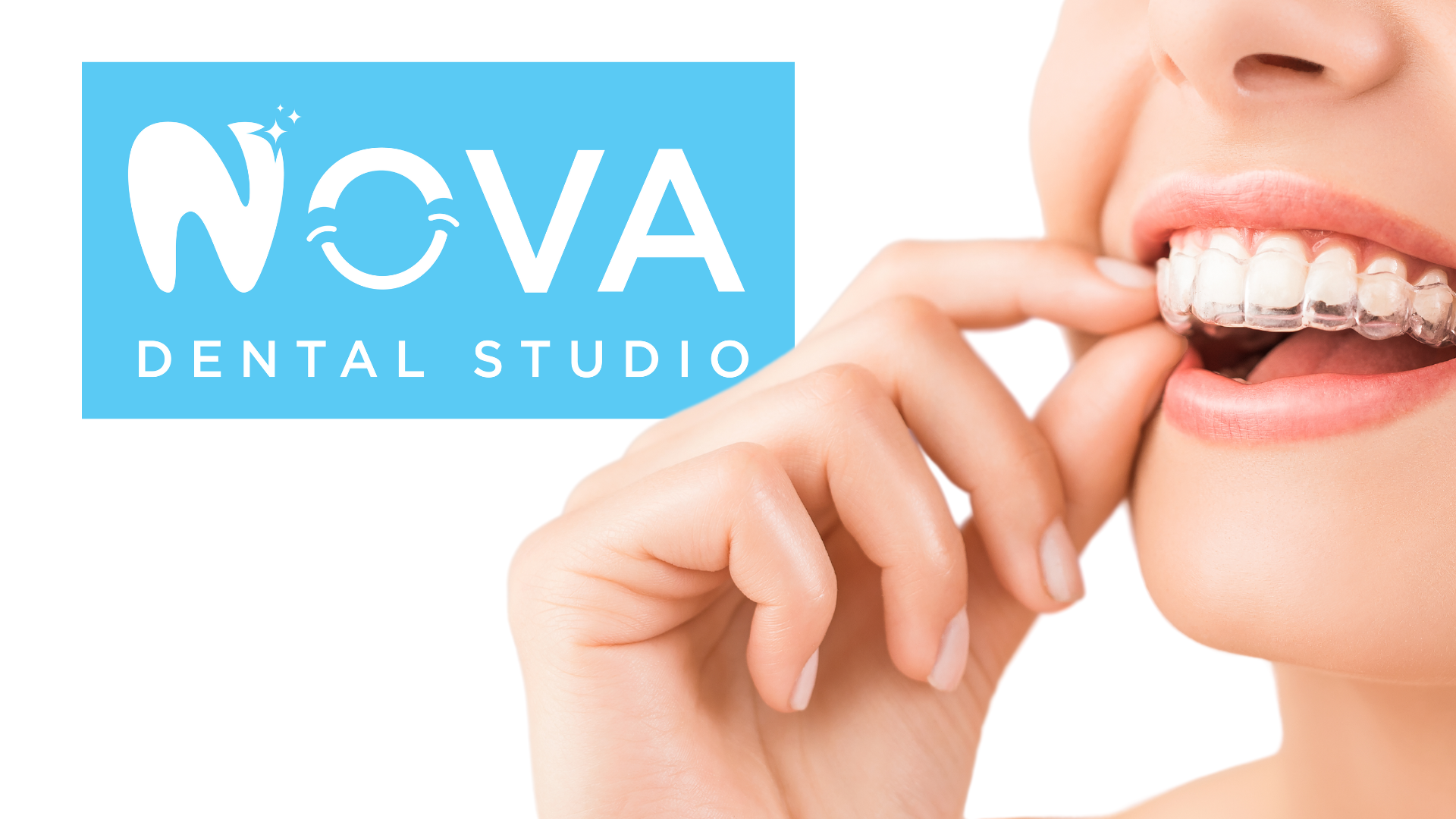Choosing the Best Path to a Brighter Smile: Invisalign vs. Braces – Which Works Faster
Understanding the Basics of Invisalign and Braces
What is Invisalign?
Invisalign is a modern orthodontic treatment using clear, removable aligners to straighten teeth. These aligners are custom-made, offering a discreet and flexible alternative to traditional braces. Many patients prefer Invisalign for its comfort and nearly invisible appearance.
How Do Traditional Braces Work?
Traditional braces use metal brackets and wires attached to the teeth, which are tightened periodically to shift teeth into position. This method has been a trusted treatment for various dental issues due to its effectiveness.
Key Differences Between Invisalign and Braces
- Appearance: Invisalign aligners are clear and nearly invisible, whereas braces are metallic and noticeable.
- Comfort: Invisalign is often more comfortable, without metal parts that can irritate the mouth.
- Maintenance: Aligners can be removed for eating and cleaning, simplifying oral hygiene.
Choosing the Right Treatment depends on your dental needs and lifestyle. At Nova Dental Studio, we can help you find the best fit, whether Invisalign in Irvine or traditional braces.
Factors Influencing Treatment Speed
Complexity of Dental Issues
The speed of your treatment can vary depending on the severity of your dental concerns:
- Misalignment: The degree of crookedness affects treatment duration.
- Spacing: Gaps may require different treatment approaches.
- Bite Issues: Problems with bite alignment may slow down progress.
Patient Compliance and Lifestyle
Your habits and dedication can greatly impact how quickly you see results:
- Wearing Aligners: Invisalign requires wearing aligners for 22 hours a day.
- Check-Up Visits: Regular follow-ups are essential for progress.
- Diet Choices: Sticky or hard foods can interfere with braces and treatment time.
Technological Advancements in Orthodontics
Modern technology can accelerate treatment:
- 3D Imaging: Helps create accurate treatment plans.
- Accelerated Treatments: Techniques that reduce treatment time for braces or aligners.
- Smart Technology: Track progress and receive reminders for aligner wear.
At Nova Dental Studio, we tailor treatment to your needs for the most efficient path to a bright smile.
Comparing Treatment Duration: Invisalign vs. Braces
Average Treatment Time for Invisalign
Invisalign treatment typically takes 12 to 18 months, but this can vary based on:
- Complexity of the dental issues
- Patient adherence to the treatment plan
- Number of aligners needed
Average Treatment Time for Braces
Braces often require 18 months to 3 years, influenced by:
- The severity of dental problems
- Type of braces
- Frequency of adjustments
Impact of Age and Oral Health on Treatment Speed
How Age Affects Orthodontic Treatment
Treatment times can differ by age:
- Children and Teens: Often experience faster results due to more flexible bones.
- Adults: May have longer treatment due to bone density and age-related issues.
Role of Oral Health in Treatment Duration
Good oral health is crucial for effective treatment:
- Regular Dental Cleanings: Aid in maintaining oral health.
- Healthy Gums and Teeth: Lead to quicker treatment.
- Oral Hygiene: Poor habits can extend treatment time.

Special Considerations for Teens and Adults
- Teens: May be more compliant with braces.
- Adults: Busy schedules can impact treatment progress.
Both groups benefit from regular check-ups and cleanings. Search for "dental cleaning near me" to maintain optimal oral health during treatment.
Cost and Accessibility: Does It Affect Speed?
Financial Implications of Faster Treatment
Costs can vary between Invisalign and braces:
- Invisalign: Generally more expensive due to advanced materials.
- Braces: Often more affordable, but additional visits can increase costs.
Insurance and Payment Plans
Consider these options:
- Insurance Coverage: Verify if Invisalign or braces are covered.
- Payment Plans: Many clinics, including Nova Dental Studio, offer flexible plans.
- HSAs: Can provide tax benefits for orthodontic expenses.
Access to Orthodontic Care
Accessibility can affect treatment timelines:
- Location: Availability of orthodontists may influence wait times.
- Appointment Flexibility: Practices with extended hours help fit treatment into busy schedules.
- Technology: Advanced clinics may offer faster assessments.
Patient Experiences and Satisfaction
Testimonials from Invisalign Users
Common positive feedback includes:
- Comfort: Many find Invisalign more comfortable.
- Aesthetics: The aligners are discreet.
- Convenience: Easy to remove for eating and cleaning.
Feedback from Patients with Braces
Braces users often share:
- Effectiveness: Great for complex cases.
- Durability: Reliable and long-lasting.
- Support: Regular check-ups provide reassurance.
Future Trends in Orthodontic Treatments
Innovations in Invisalign
- Smart Tracking Apps: Monitor progress via smartphone.
- Enhanced 3D Printing: Faster aligner production.
Advancements in Braces
- Smaller, Less Noticeable Designs
- Self-Ligating Braces: Fewer adjustments required.
Final Thoughts
Both Invisalign and braces have unique advantages. Invisalign is quicker for minor issues, while braces may be better for more complex cases. Discuss your options with a trusted dental professional to choose what works best for you and achieve the smile you’ve always wanted.




